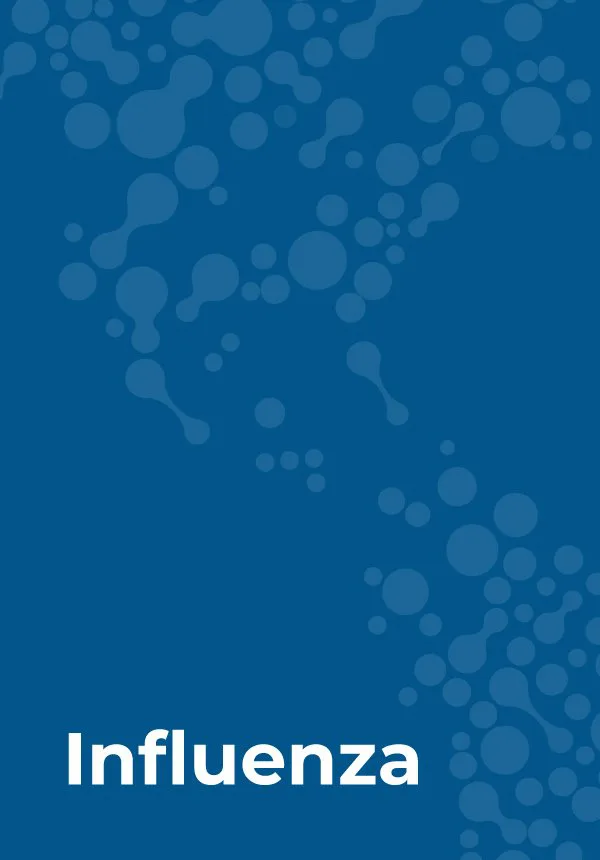Description
Influenza pandemics are unpredictable but recurring events that can have consequences on human health and economic well-being worldwide. Advance planning and preparedness are critical to help mitigate the impact of a pandemic. This WHO guidance document, Pandemic Influenza Risk Management, updates and replaces Pandemic influenza preparedness and response: a WHO guidance document, which was published in 2009. This revision of the guidance takes account of lessons learnt from the influenza A(H1N1) 2009 pandemic and of other relevant developments.
The influenza A(H1N1) 2009 pandemic was both the first of the 21st century and the first since WHO had produced pandemic preparedness guidance. The experience of Member States during the pandemic varied, yet several common factors emerged. Member States had prepared for a pandemic of high severity and appeared unable to adapt their national and subnational responses adequately to a more moderate event. Communications were also demonstrated to be of immense importance: the need to provide clear risk assessments to decision-makers placed significant strain on ministries of health; and effective communication with the public was challenging. These, and other areas with improvement potential, were identified by the Review Committee on the Functioning of the International Health Regulations (2005) in relation to Pandemic (H1N1) 2009.
The influenza A(H1N1) 2009 pandemic provided a wealth of additional information to the established and growing body of knowledge on influenza viruses at the human–animal ecosystem interface. Other notable developments since the publication of the 2009 guidance include the adoption by the Sixty-fourth World Health Assembly of the Pandemic Influenza Preparedness Framework for the sharing of influenza viruses and access to vaccines and other benefits. In addition, risk management of acute public health events that have the potential to cross borders and threaten people worldwide continues to improve as a result of the International Health Regulations (2005) and States Parties’ obligations on capacity strengthening.
This guidance can be used to inform and harmonize national and international pandemic preparedness and response. Countries should consider reviewing and/or updating national influenza preparedness and response plans to reflect the approach taken in this guidance. The roles and responsibilities of WHO relevant to pandemic preparedness, in terms of global leadership and support to Member States, are also articulated. This document is not intended to replace national plans, which should be developed by each country.




Reviews
There are no reviews yet.